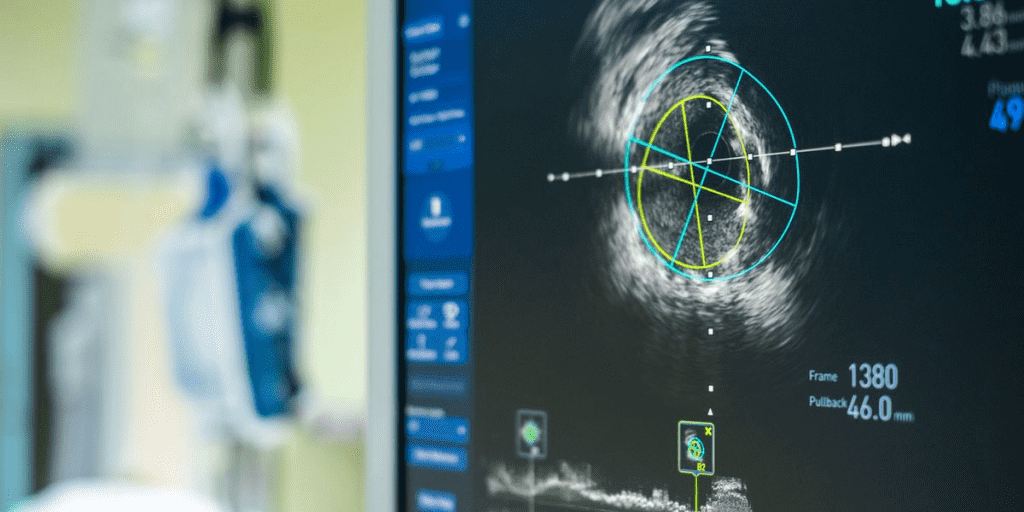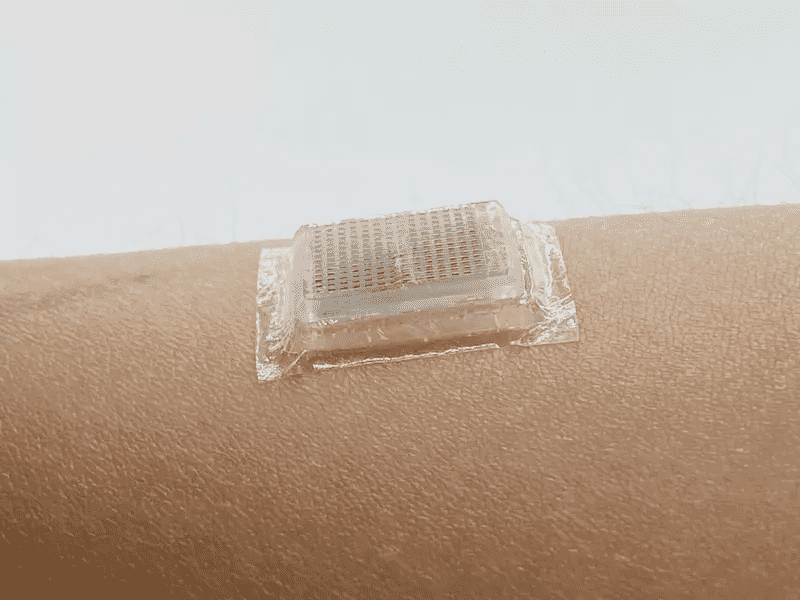Gone are the days when ultrasound required the use of massive technical instruments that could only be available at your physician’s clinic or at a hospital. In a recent discovery, MIT engineers have come up with another wonder of technology. They have designed stickers that can take and display images of internal organs in your body just like a traditional ultrasound. For this, they fabricated the wands of ultrasound to induce direct sound waves into the body. Consequently, when these sound waves reflect back, the result would be shown in the form of high-resolution images of the patient’s heart, lungs, and other internal organs.

Coupled with this, the stickers are stamp-sized and can be used for ultrasound imaging for a continuous period of 48 hours. However, it should be noted that these stickers cannot be applied directly to the body. Instead, a liquid gel is used as a medium between the sticker and the internal organs of the body. When the transducer is pressed against the gel, sound waves are transmitted into the body, which will then be reflected back in the form of visual images due to the liquid gel.
Xuanhe Zhao, who is a professor of mechanical engineering and civil and environmental engineering at MIT, said, “We envision a few patches adhered to different locations on the body, and the patches would communicate with your cell phone, where AI algorithms would analyze the images on demand. We believe we’ve opened a new era of wearable imaging: With a few patches on your body, you can see your internal organs. ” Along with that, as of now, the stickers would be connected to the instruments to transmute visual images as per their design requirements.
To put that into perspective, Chonghe Wang, who is an MIT graduate student, said, “Wearable ultrasound imaging tools would have huge potential in the future of clinical diagnosis. However, the resolution and imaging duration of existing ultrasound patches is relatively low, and they cannot image deep organs. ” He further stated, “This combination enables the device to conform to the skin while maintaining the relative location of transducers to generate clearer and more precise images.”

However, the stickers consist of two adhesive layers which have been made from elastomer. Moreover, the middle layer is made up of solid hydrogel, which works as a liquid gel and assists in the transmission of sound waves into the visual images efficiently. According to Chen, who is an MIT postdoc, “The elastomer prevents dehydration of the hydrogel. Only when the hydrogel is highly hydrated can acoustic waves penetrate effectively and give high-resolution imaging of internal organs.”
Hence, Zhao says, “We imagine we could have a box of stickers, each designed to image a different location of the body. We believe this represents a breakthrough in wearable devices and medical imaging.”


